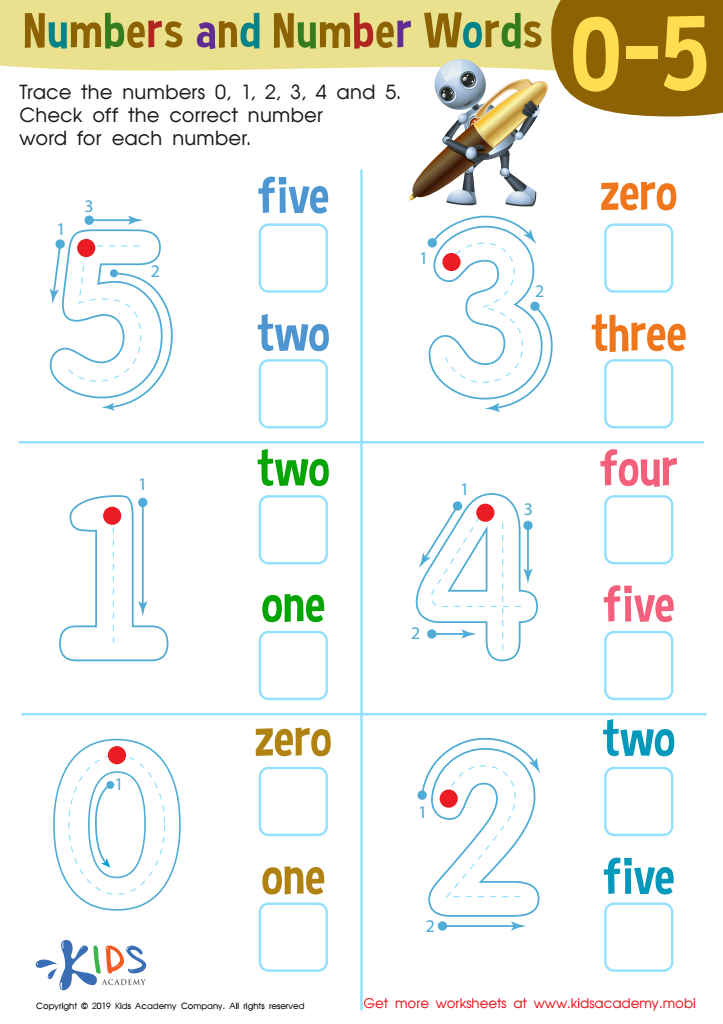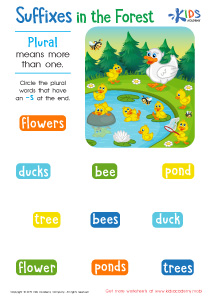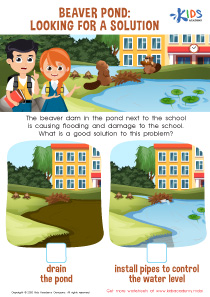Easy Tracing worksheets activities for Ages 8-9
2 filtered results
-
From - To


Numbers and Number Words Worksheet


Drawing with a Little Monster Worksheet
Easy Tracing worksheets activities stand out as an exceptional tool in the journey of early learning, particularly for young children embarking on their educational path. These activities are not just simple and enjoyable but are fundamentally instrumental in developing a plethora of skills essential for early childhood development. Here’s why Easy Tracing worksheets activities are invaluable aids in education and skill development for children.
First and foremost, Easy Tracing worksheets activities lay a solid foundation for handwriting skills. Tracing allows children to practice the control and movements that form the basis of writing. By following paths and outlines, young learners develop muscle memory for the shapes of letters and numbers, paving the way for smoother, more confident writing in the future. This early exposure to the basics of writing is crucial for their academic journey ahead.
Moreover, Easy Tracing worksheets activities nurture fine motor skills. The act of holding a pencil and tracing shapes accurately requires coordination and dexterity. Regular practice with these activities enhances hand-eye coordination, grip, and control, which are vital not just for writing but also for other day-to-day tasks like tying shoelaces or buttoning clothes.
Cognitive development is another significant benefit. These activities require focus and concentration, fostering attention skills. Children learn to follow directions, understand boundaries, and recognize shapes, letters, and numbers. This cognitive engagement is a stepping stone to more complex problem-solving and critical thinking skills.
Furthermore, Easy Tracing worksheets activities are a source of confidence and independence. Completing a tracing task successfully can boost a child’s self-esteem and encourage them to take on more challenging tasks. This sense of achievement motivates learners to explore, learn, and grow independently.
In conclusion, Easy Tracing worksheets activities are much more than simple pastime activities. They are pivotal in developing handwriting skills, fine motor skills, cognitive abilities, and promoting a sense of achievement and independence among young learners. Incorporating these activities into a child’s learning routine can significantly contribute to their overall development and readiness for future academic challenges.
 Assign to My Students
Assign to My Students




.jpg)

.jpg)








